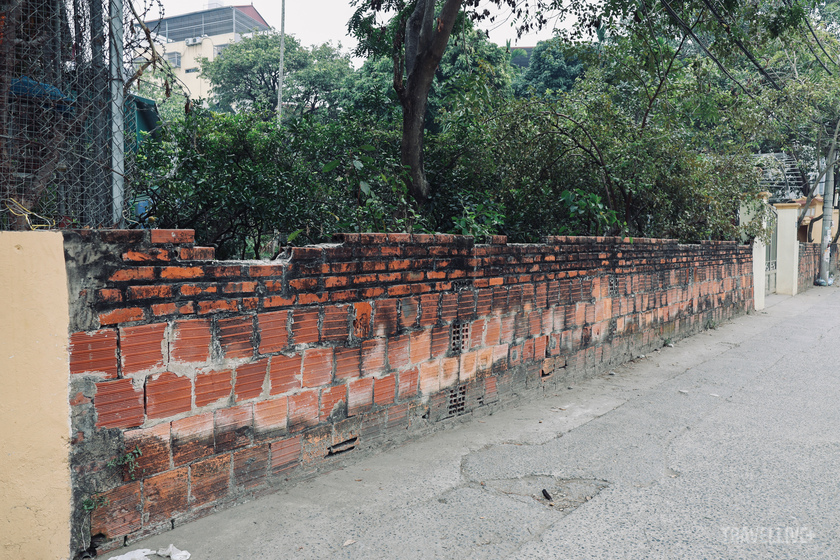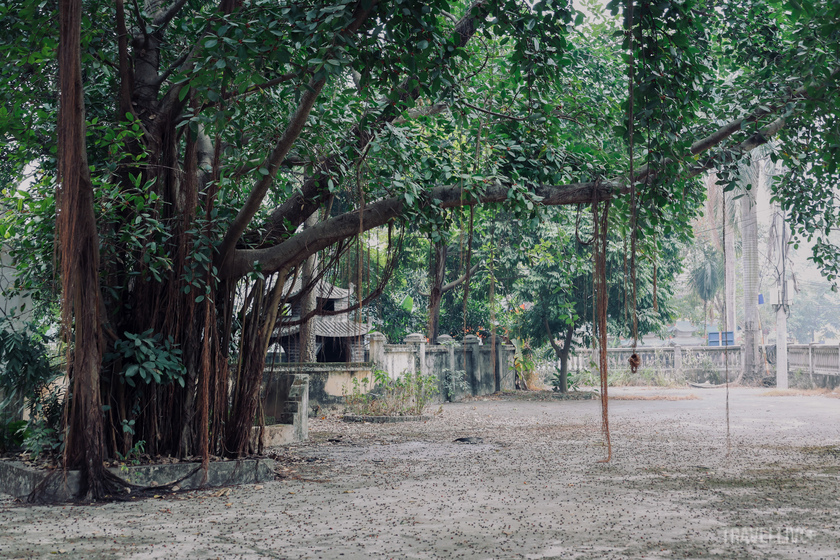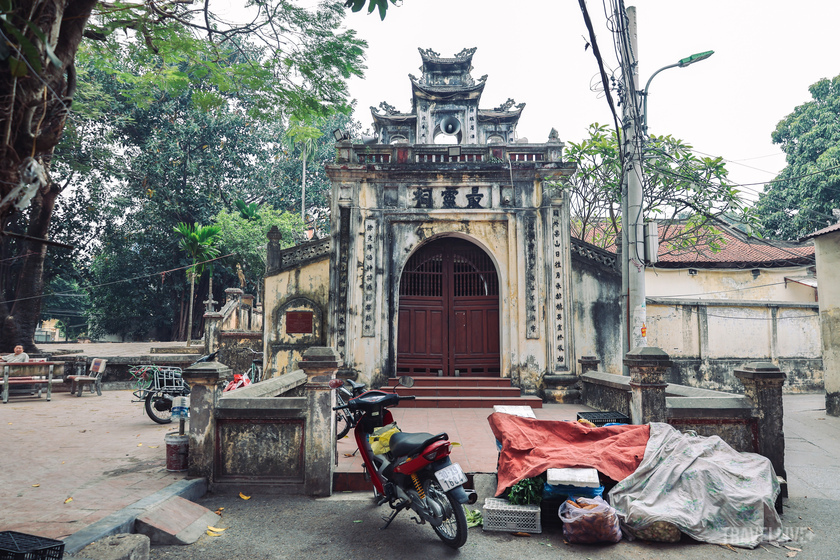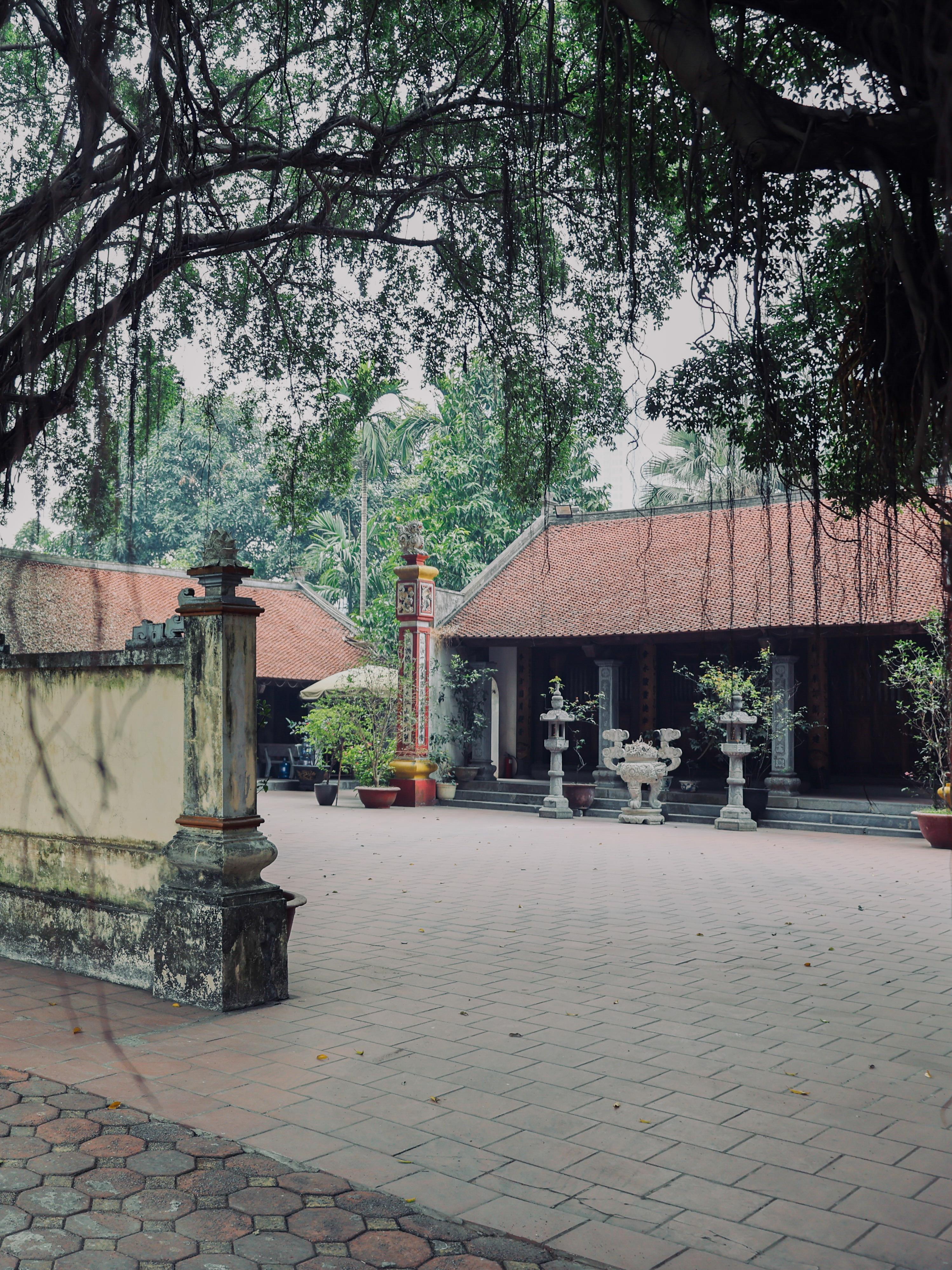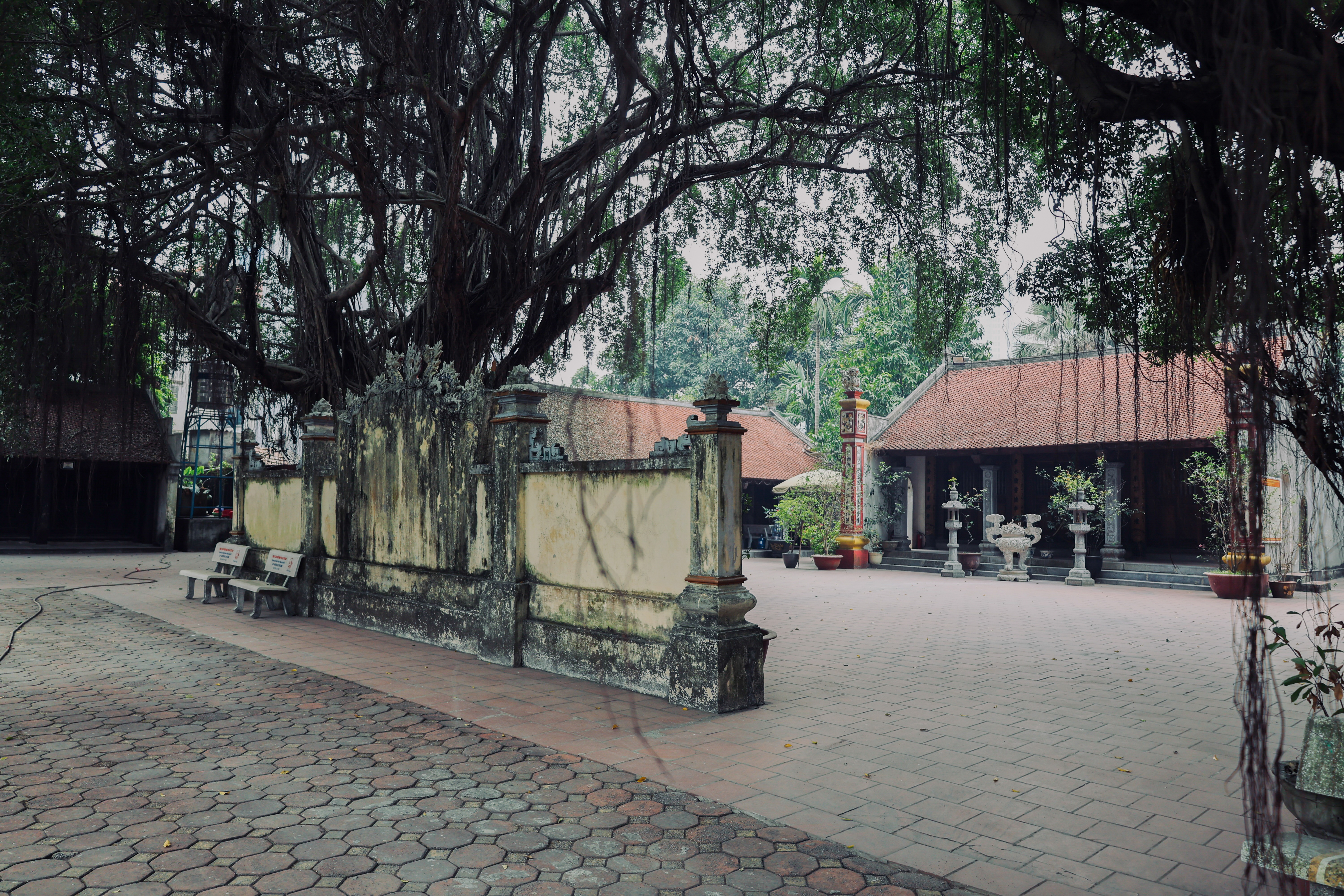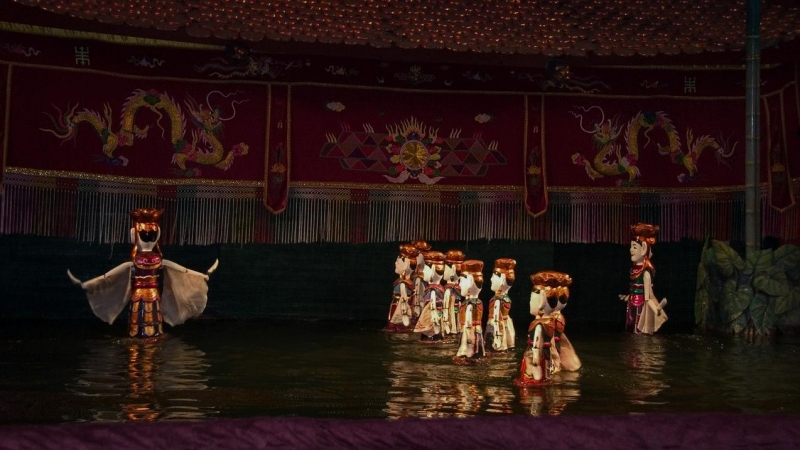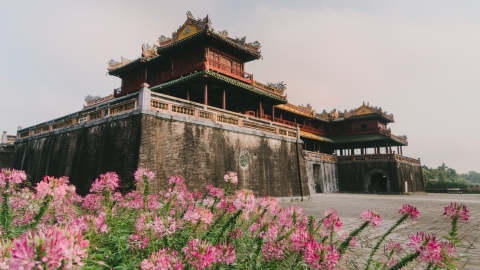About 15 km west of Hanoi center, Tay Mo village has long become a special destination not only for those who love the beauty of the Northern countryside but also attracts filmmakers.
Tay Mo village is famous for its typical Northern countryside scenery that not every place can still preserve. The mossy tiled roof houses, shady old banyan trees, village wells or communal houses covered with the colors of time all create a peaceful and familiar picture of the countryside. As mentioned above, Tay Mo village was chosen as the filming location and setting for most Vietnamese rural-themed films, or scenes that require an ancient look, because of the scenery here. Tay Mo village began to be "on film" a lot in the early years of the 21st century.
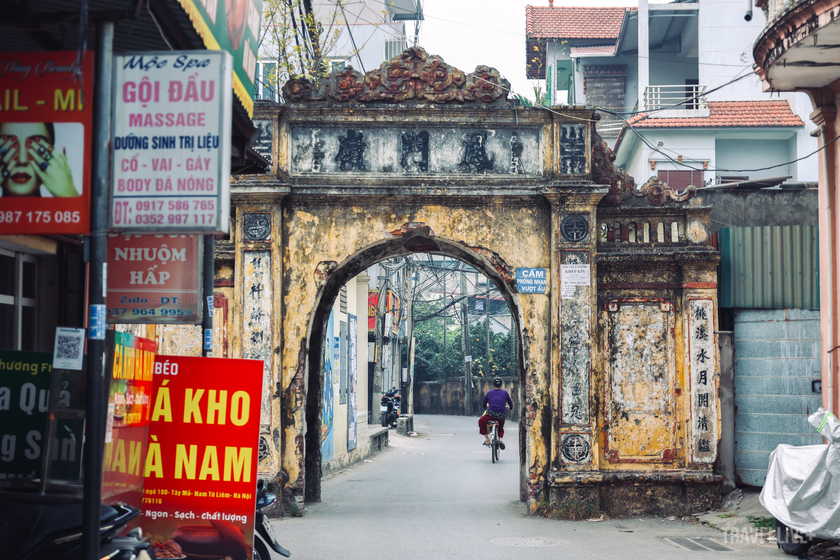
After dozens, hundreds of years, the ancient features of this village are still preserved almost intact. As soon as entering the village gate, also known as Phuong gate, visitors will see the words "Phuong Linh Mon" (ie Phuong gate) which is an indispensable symbol when referring to Tay Mo village. Built hundreds of years ago, the village gate still retains its ancient features despite having undergone many renovations. This is also the first stop for filmmakers when choosing the setting for famous works such as "Land and people", "Gio lang Kinh", "Ghost village" or the movie "Loi nguu huyet nga".
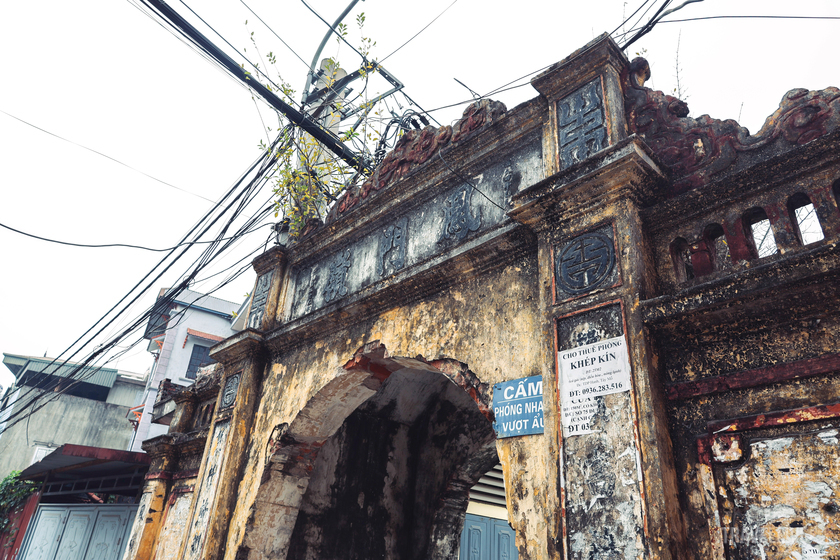
As soon as entering the village gate, visitors will see the words "Phuong Linh Mon" (ie Phoenix Gate).
Going deep into the village, the first place visitors should visit is Tay Mo communal house, built in the 17th century, still preserved and kept intact. In 2010, the communal house was restored once and is one of the works commemorating the 1000th anniversary of Thang Long - Hanoi. Currently, the communal house still preserves the title of deity in the 18th year of King Le Canh Hung, and 12 royal decrees dating from the time of King Le Canh Hung to the time of King Khai Dinh, along with many other valuable historical relics.
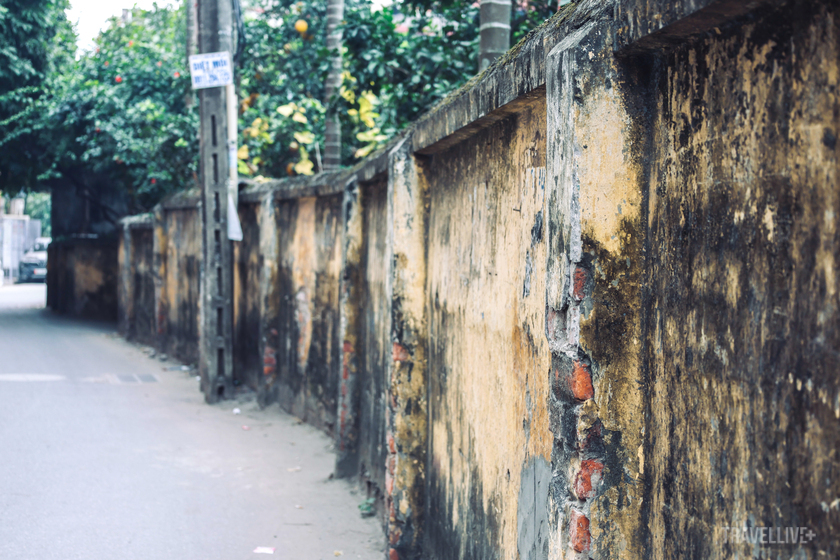
Go deeper inside...
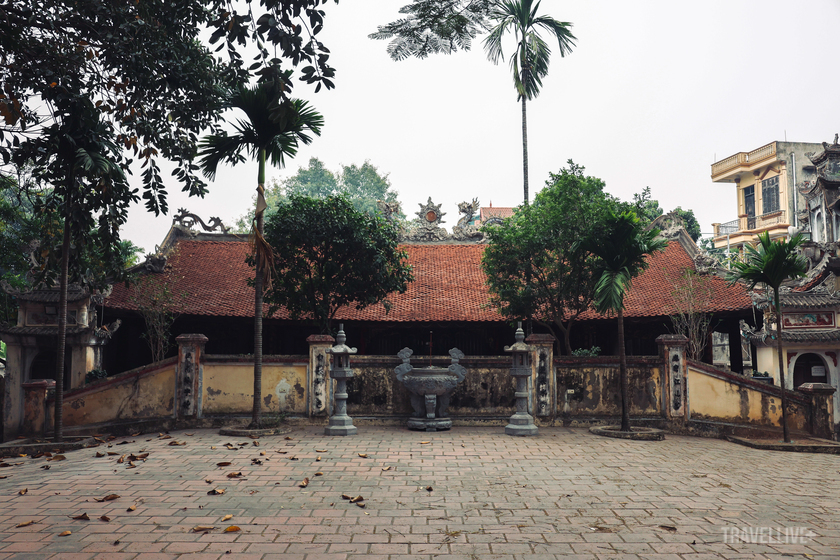
... is Tay Mo communal house
However, Tay Mo village is not only famous for its beautiful scenery but also for its long-standing tradition of learning. According to historical documents, Tay Mo village once had 8 people who passed the imperial examinations, equivalent to a doctorate, and 75 people who passed the bachelor's degree during the feudal period. Characters such as Nghiem Hoang Dat (Bang Nhan, 1583), Nguyen Duong Bao (1673), or Do Huy Dien (Pho Bang, 1875) are not only the pride of the village but also symbols of an outstanding educational tradition. Today, the clans in the village still maintain a scholarship fund to encourage their children to study, maintaining the reputation of a land of culture.

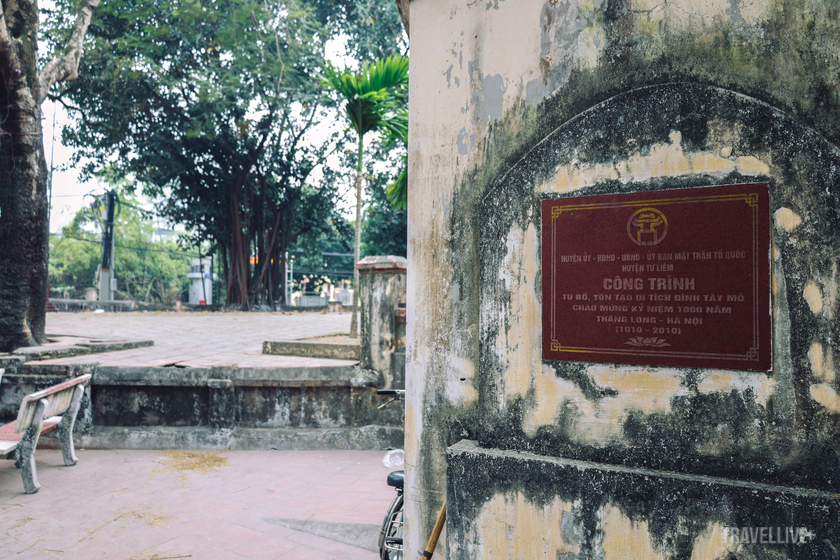



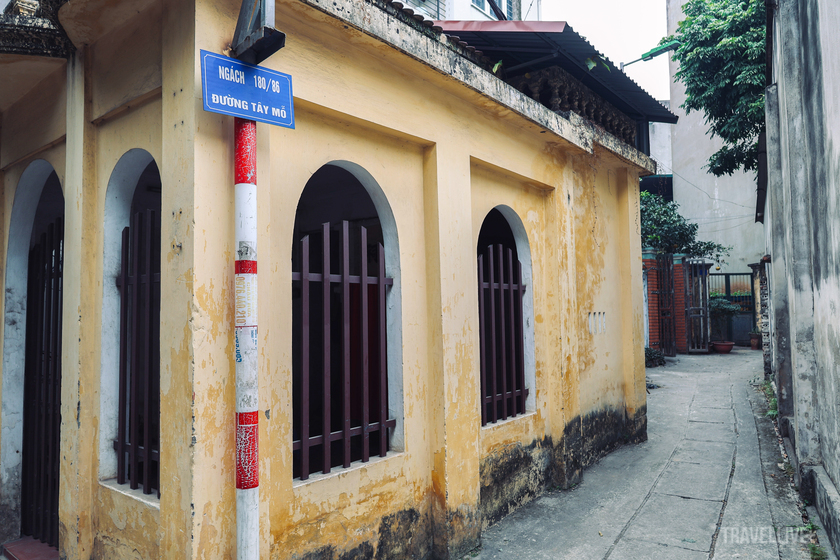
The village exudes the idyllic beauty of the ancient North.
What makes Tay Mo village even more special is the simplicity and friendliness of the people here. Visitors to the village are always welcomed with smiles and enthusiastic guidance from the people. They are willing to share stories about history and culture and are also proud to introduce interesting places in the village. It is this spirit of hospitality that contributes to the attractiveness of Tay Mo village.
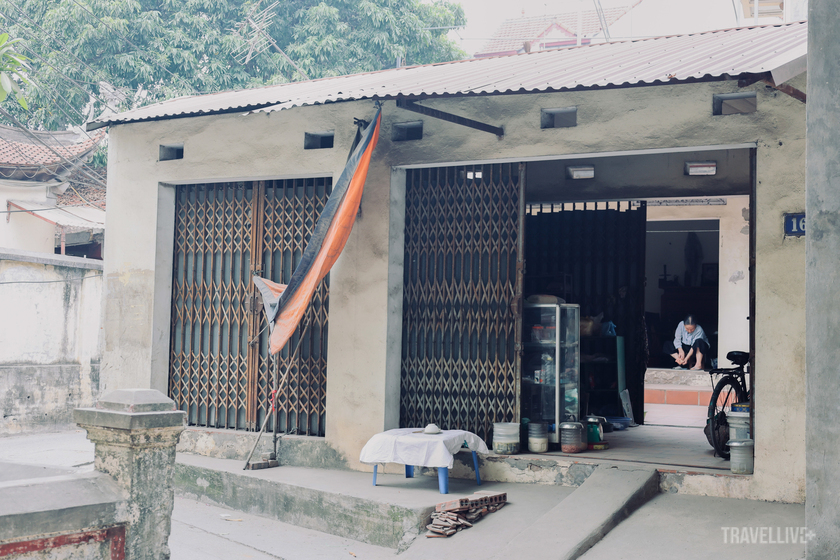
The people here are kind, ready to help and show the way whenever tourists visit.
Walking around the village, visitors will easily encounter familiar images from banyan trees, water wharves, communal houses, to ancient wells and red brick houses that have existed for centuries. The quiet space, the gentle breeze carrying the scent of the countryside, and the chirping of birds create a peaceful picture of the countryside, making all the worries of modern life seem to disappear.
Tay Mo village, with its ancient beauty and rich cultural values, is not only a "Hollywood film studio" of Vietnam but also a place that preserves beautiful memories of a golden age of the Northern countryside. Coming here, you will not only admire beautiful village paintings but also have the opportunity to feel more deeply about Vietnamese culture, history and people. A visit to Tay Mo village will be a journey back to the past, rediscovering precious traditional values in modern life.
Some other pictures at the "film studio village":
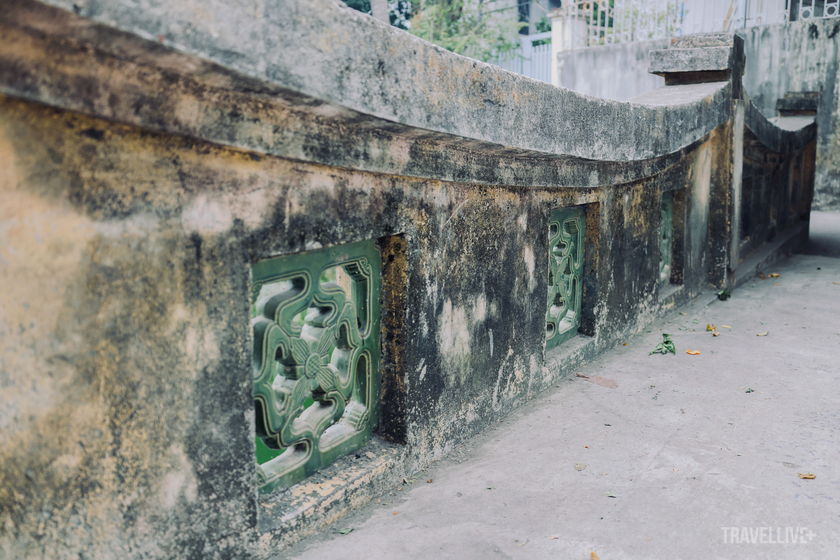
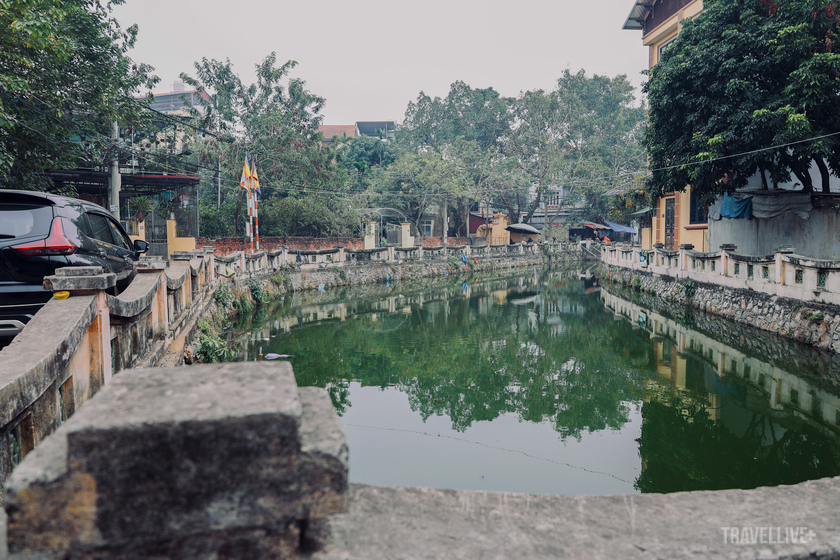

Although many years have passed, Tay Mo village still retains its simple, honest features, the soul of a Vietnamese village.
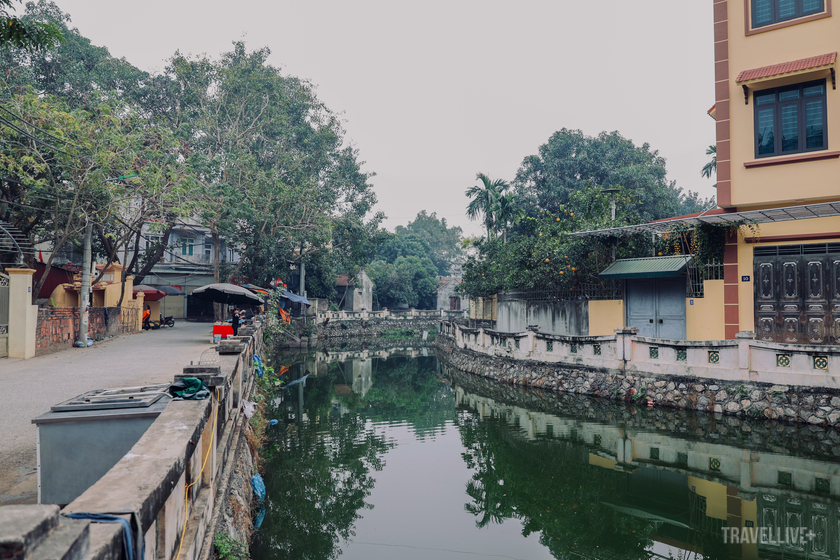
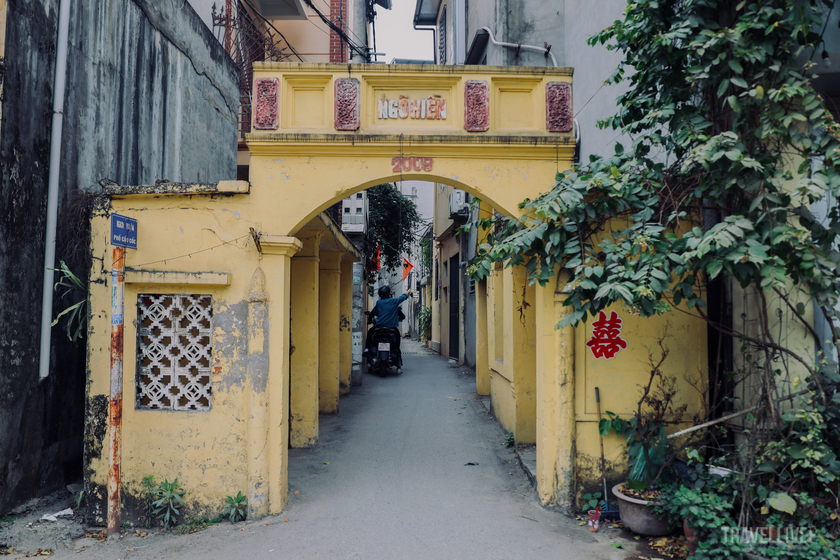
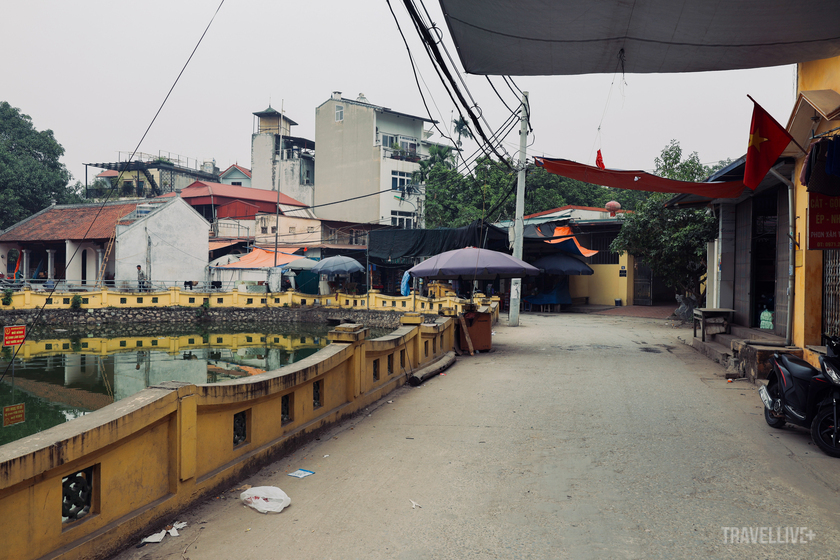
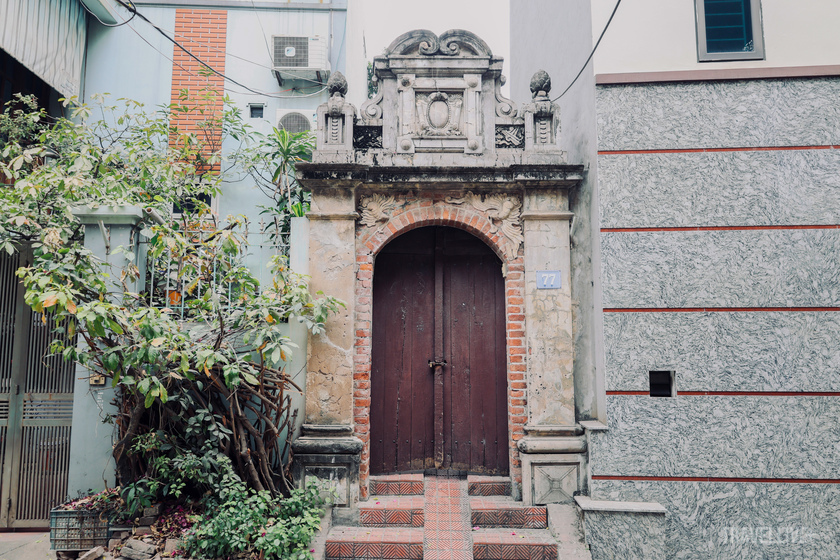
It is not difficult to come across hundreds of years old family churches with gates that still retain ancient features throughout the village.
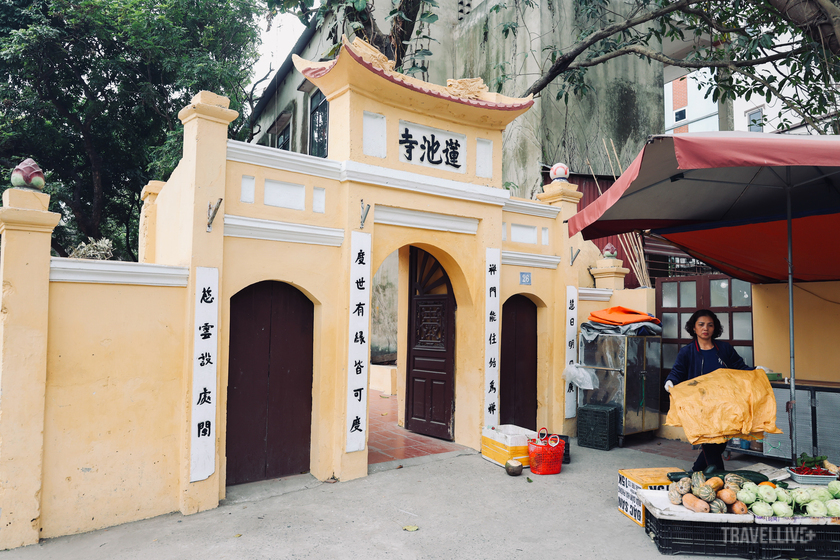

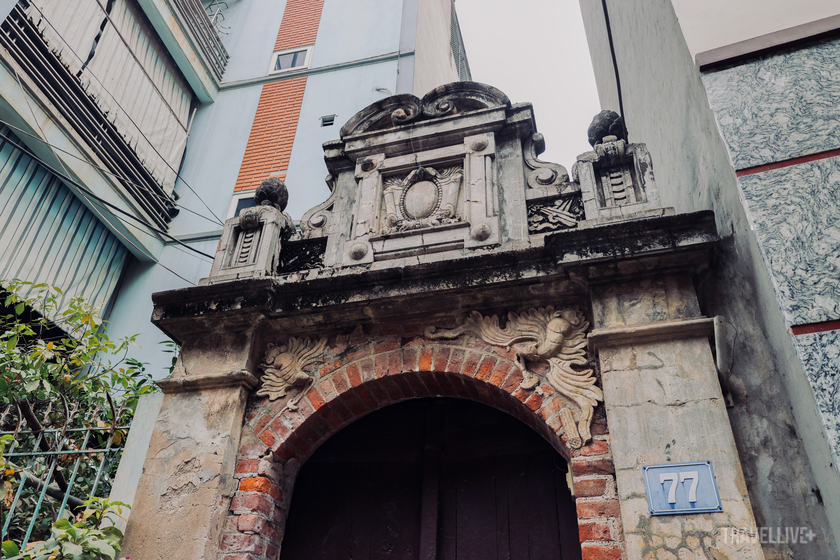
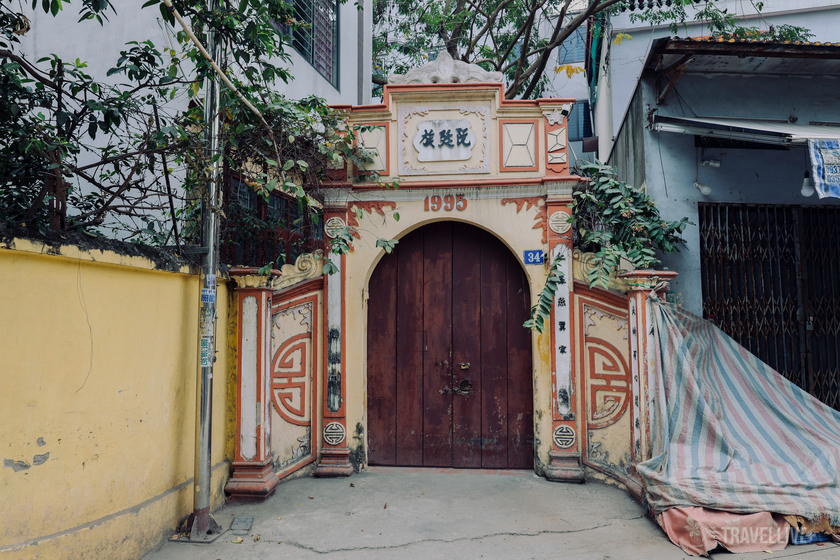
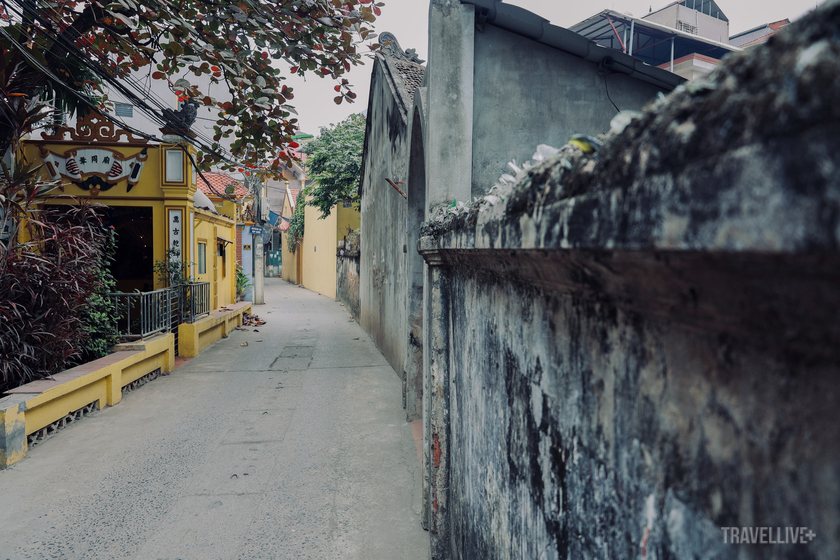
Every path, small alley, banyan tree, communal house yard, moss-covered walls, and bricks stained with time

Am Temple is located in the west of the village, in the area of Ma field.
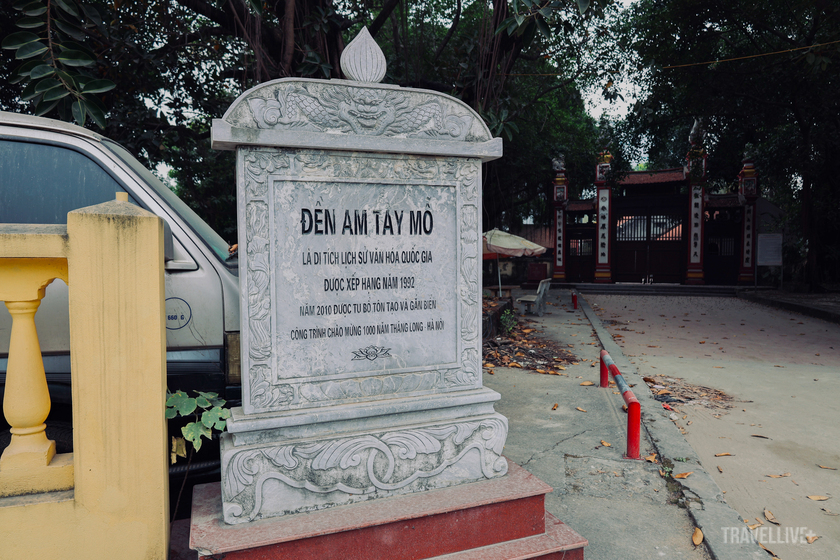

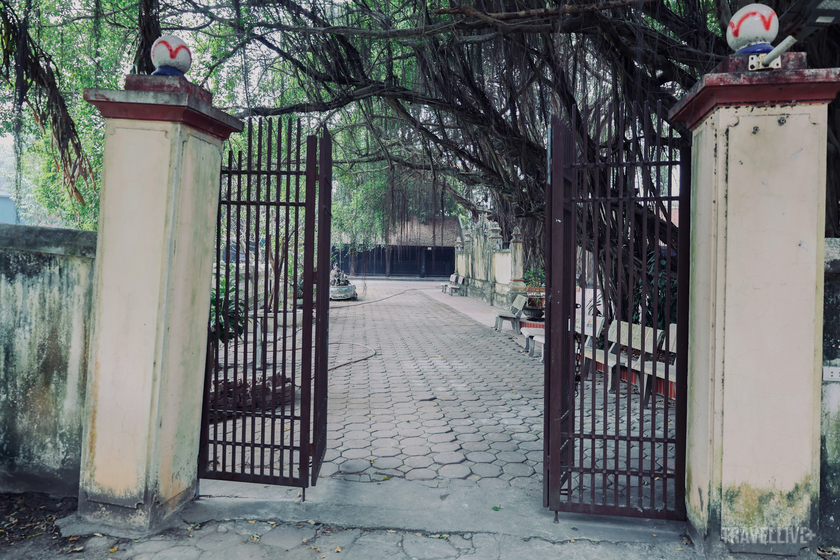
Entrance to Am Temple
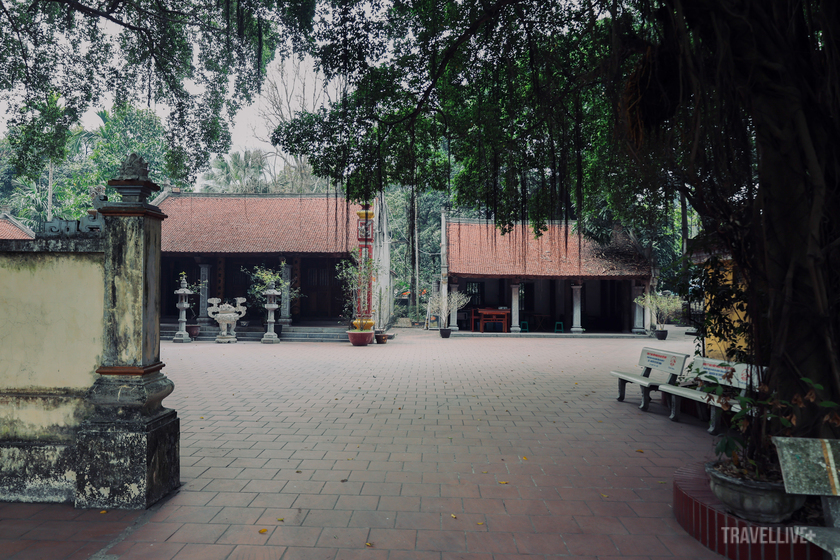
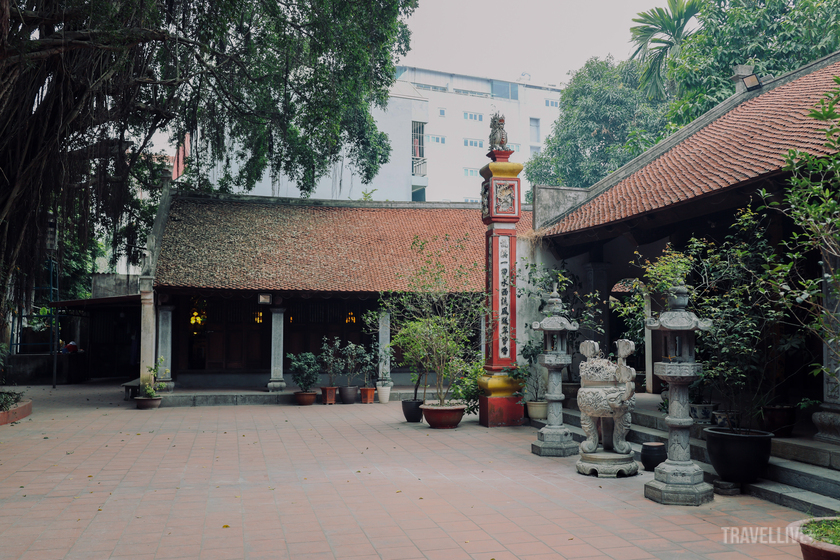
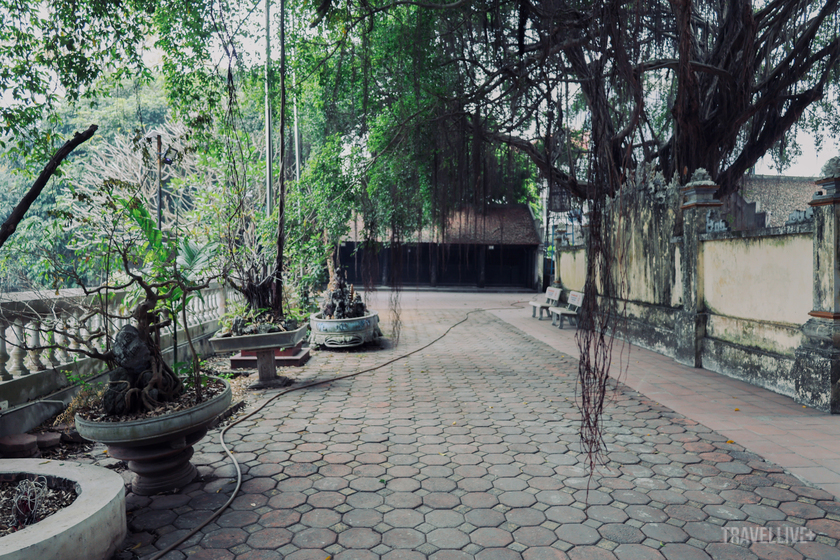

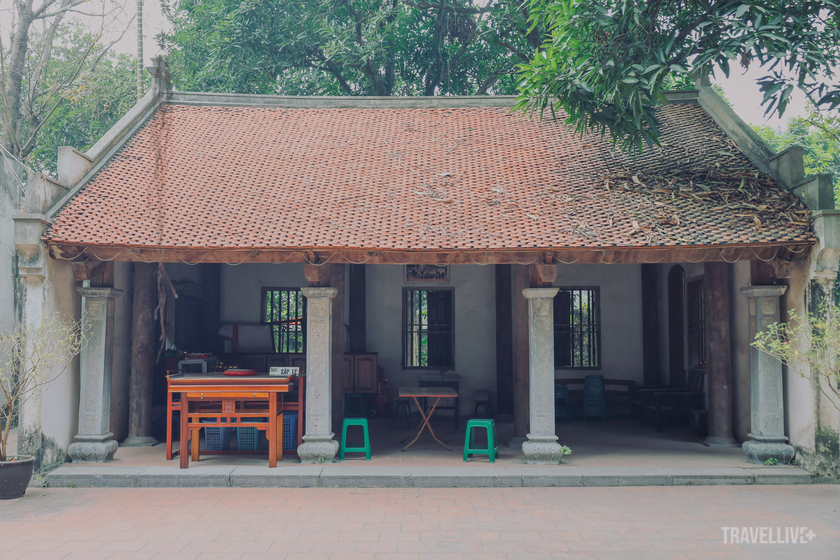

According to legend, the temple was built to worship Phuc Vuong Tranh, the 6th son of King Le Thanh Tong.
